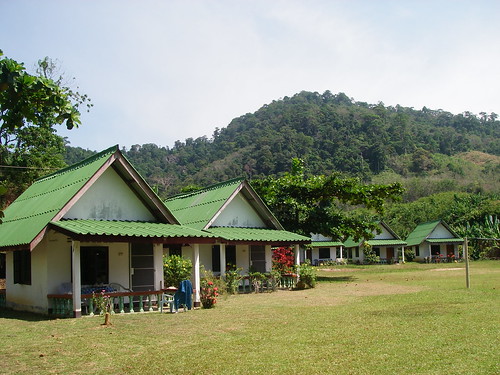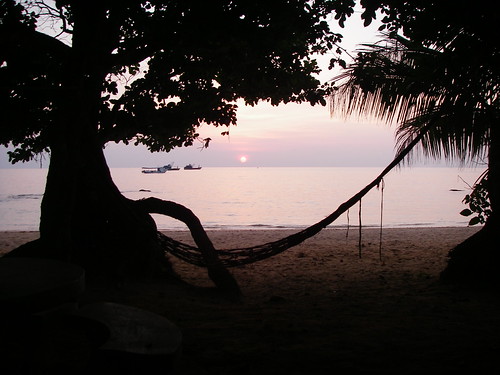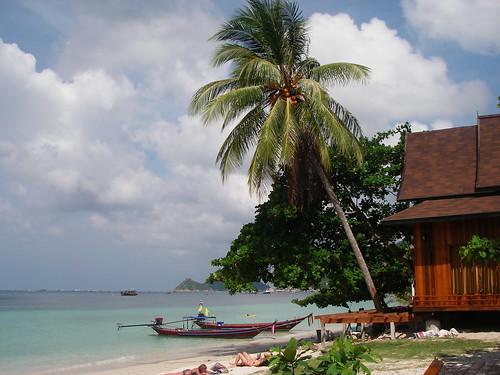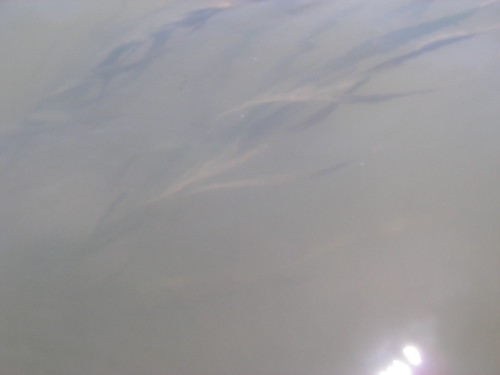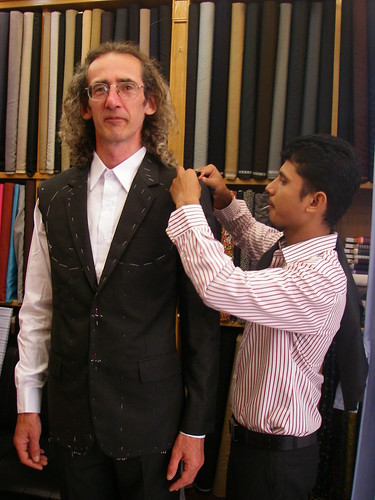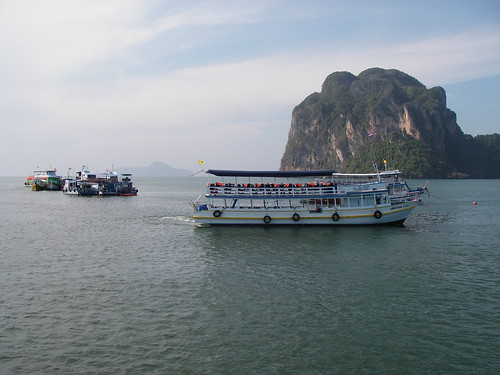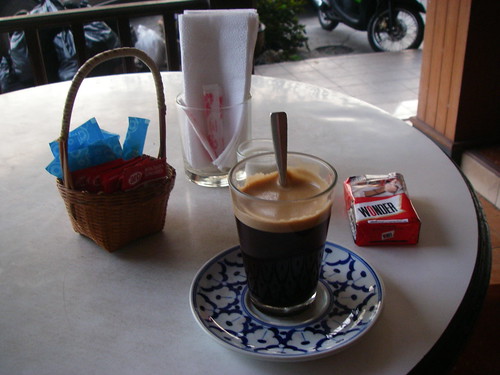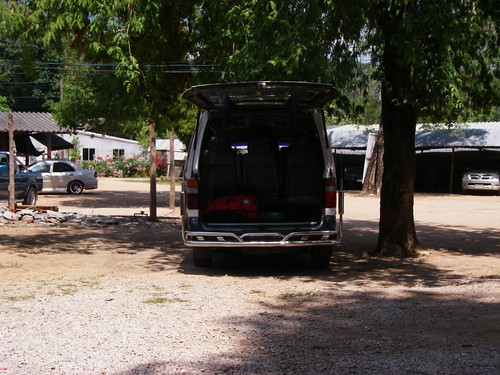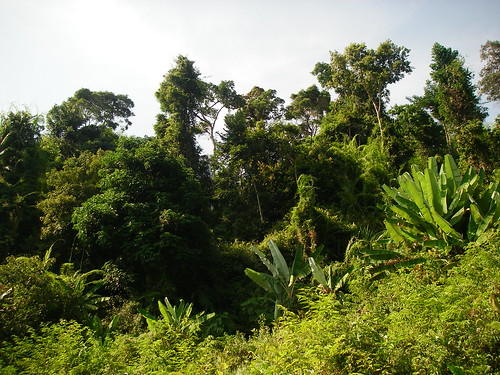Thai Travel ‘Advise’
Sunday, May 16th, 2010I’ve never seen a more muddled presentation than that in the FCO Travel Advice section for Thailand. Not that I could care any less, but travelling against FCO advice will invalidate any travel insurance policies, so I need to know which particular ‘specific parts of Thailand’ they advice against travelling to.
And yeah, I know about Bangkok.
